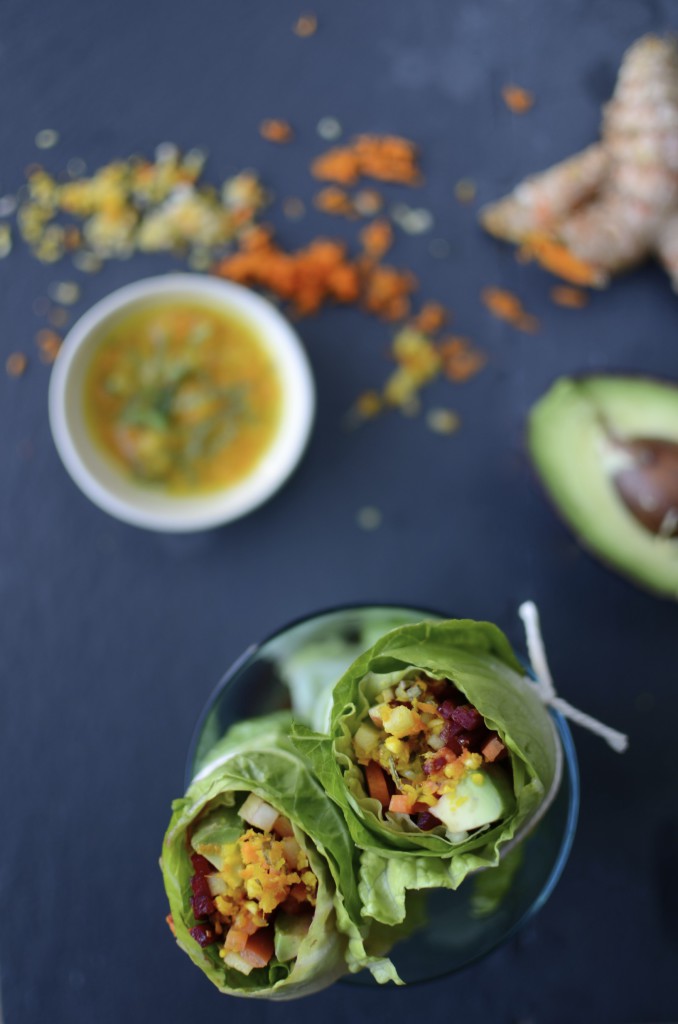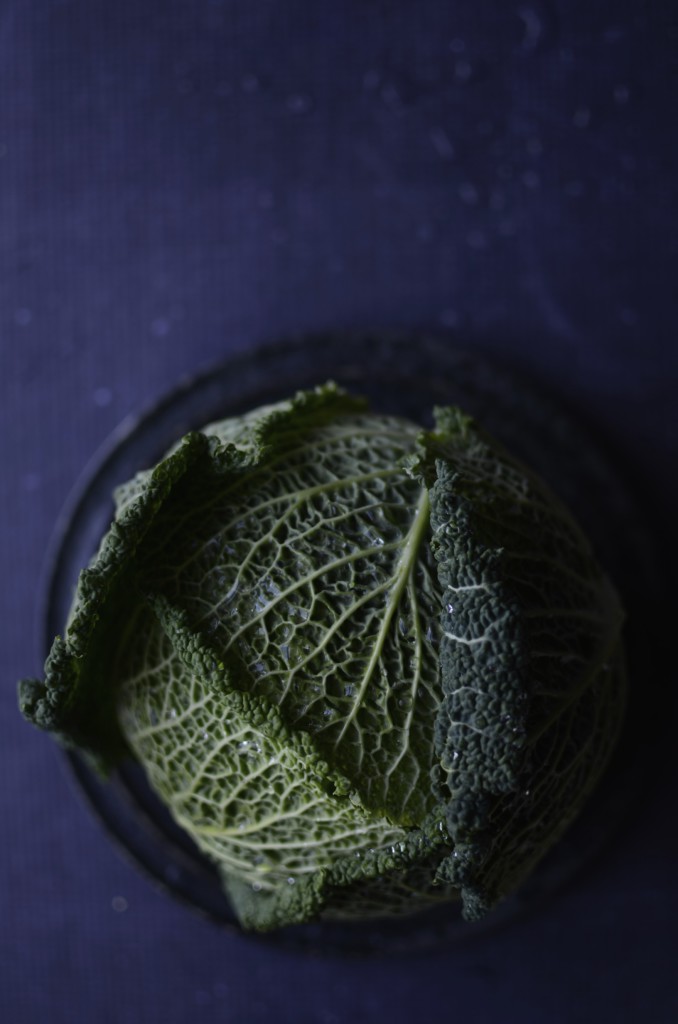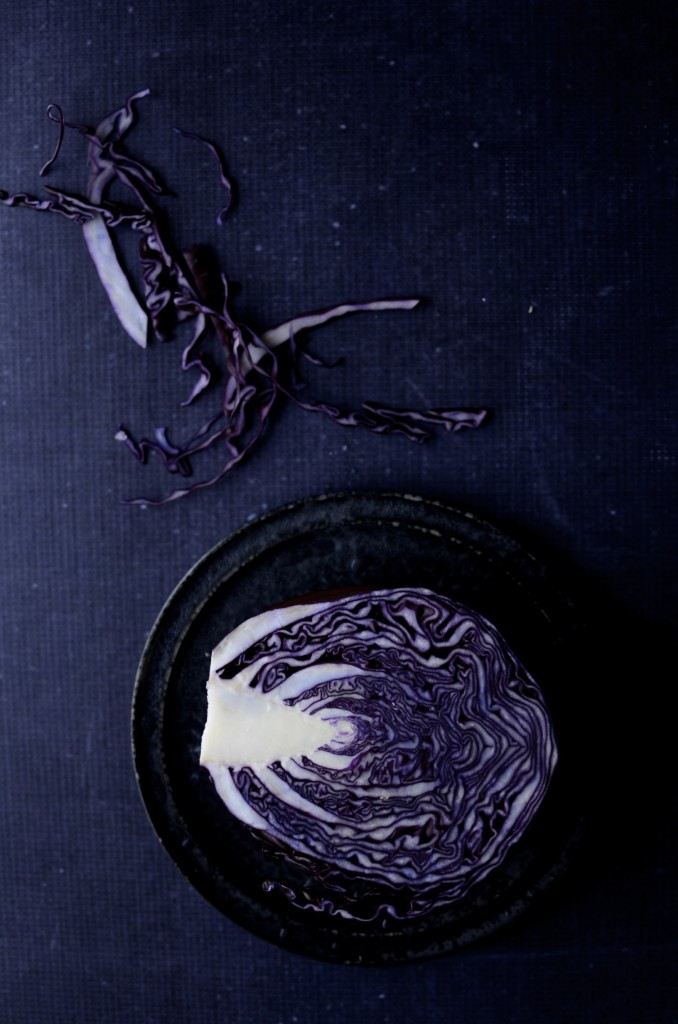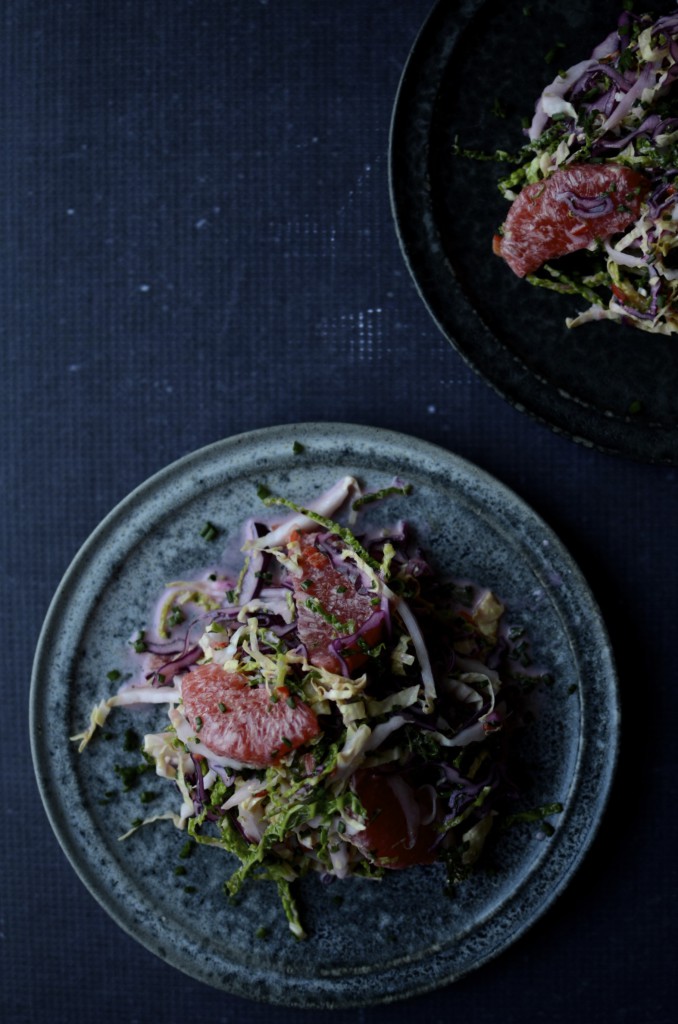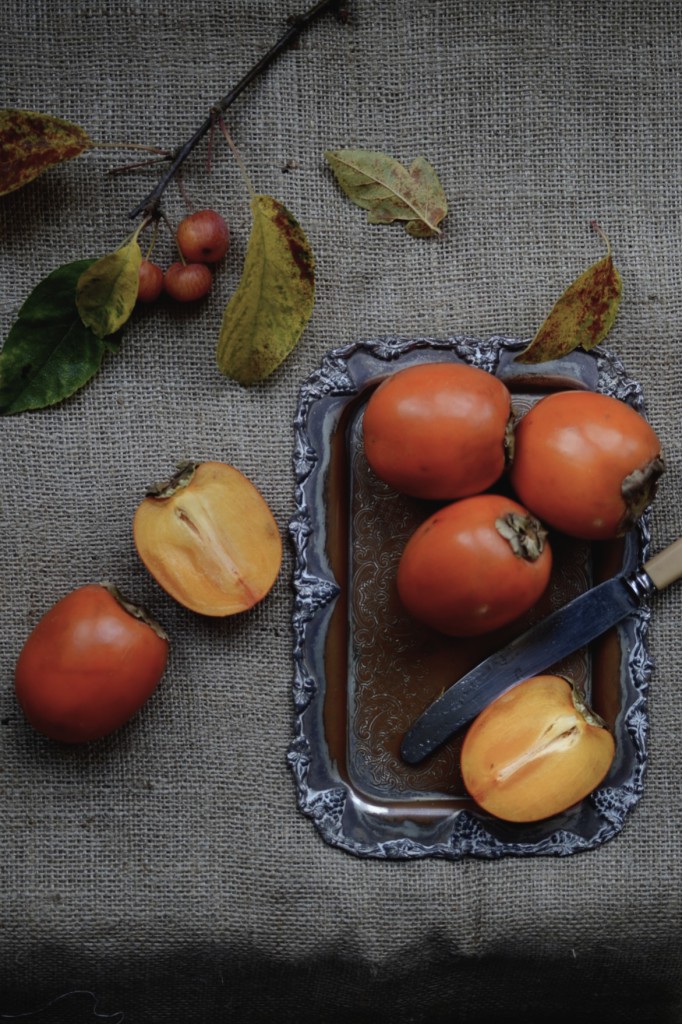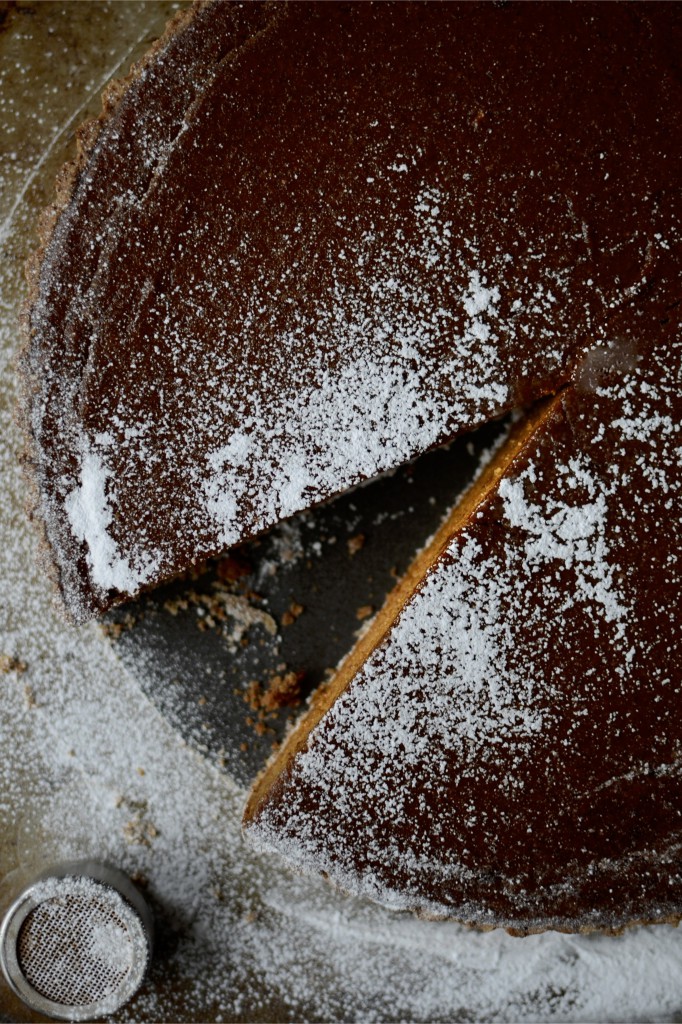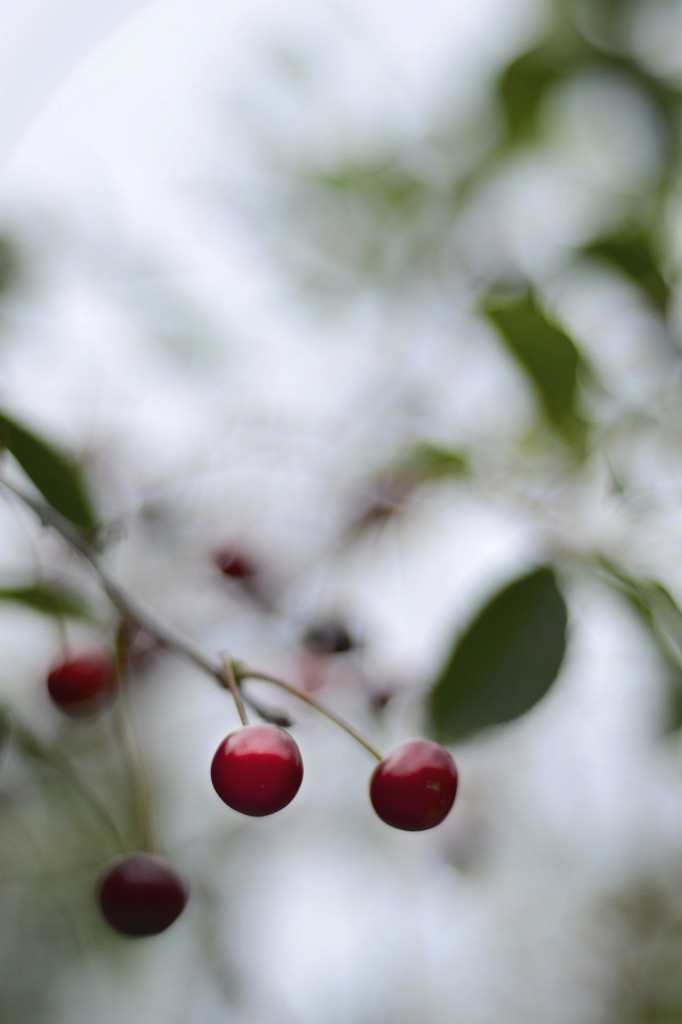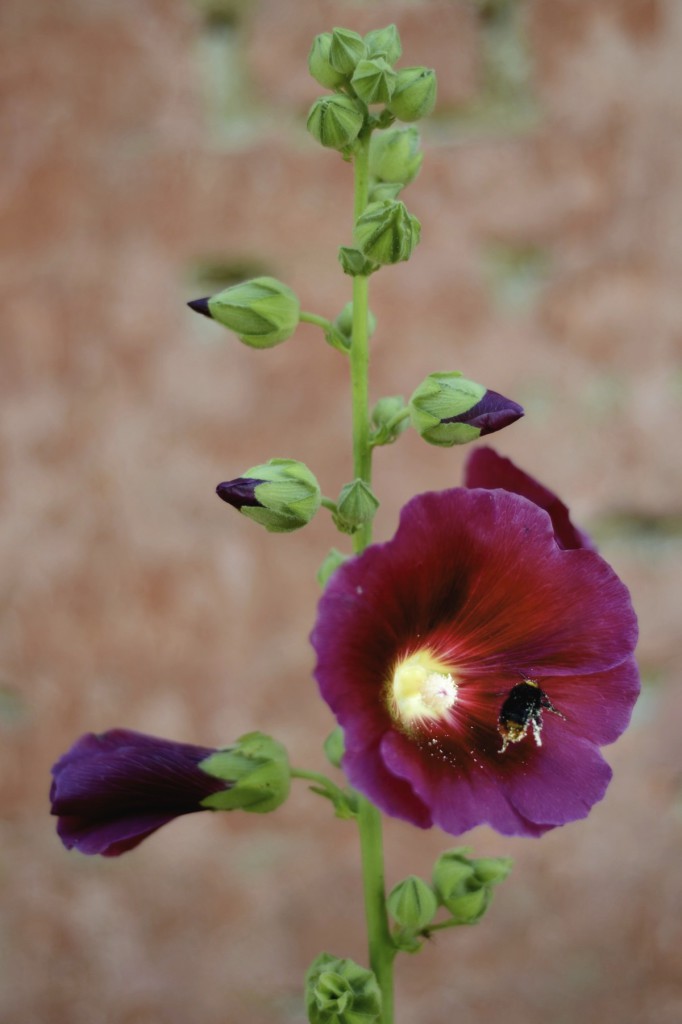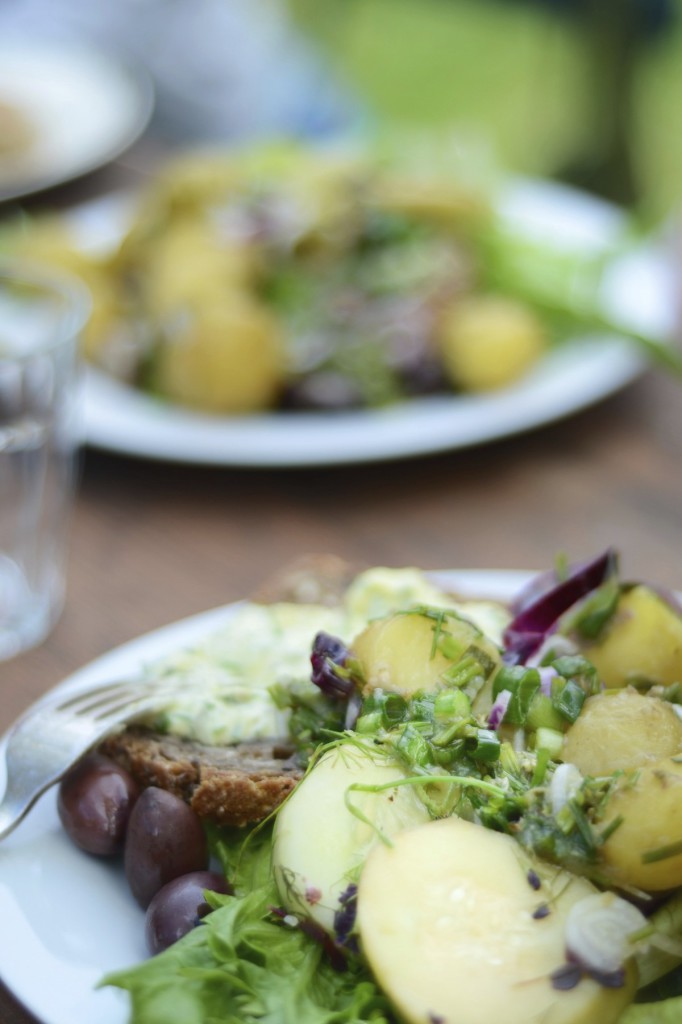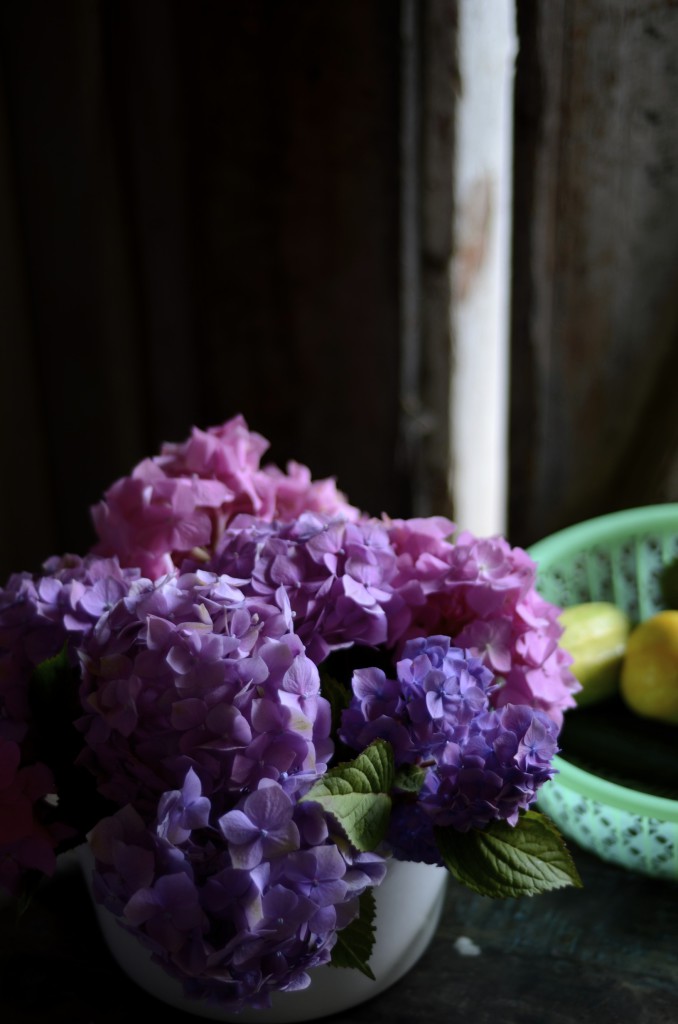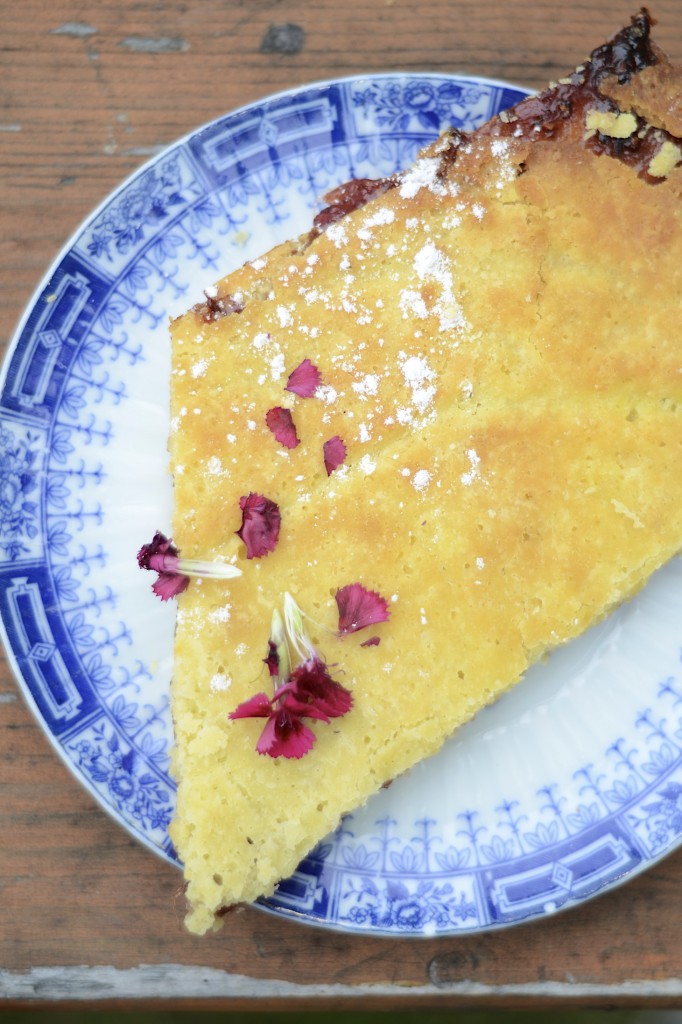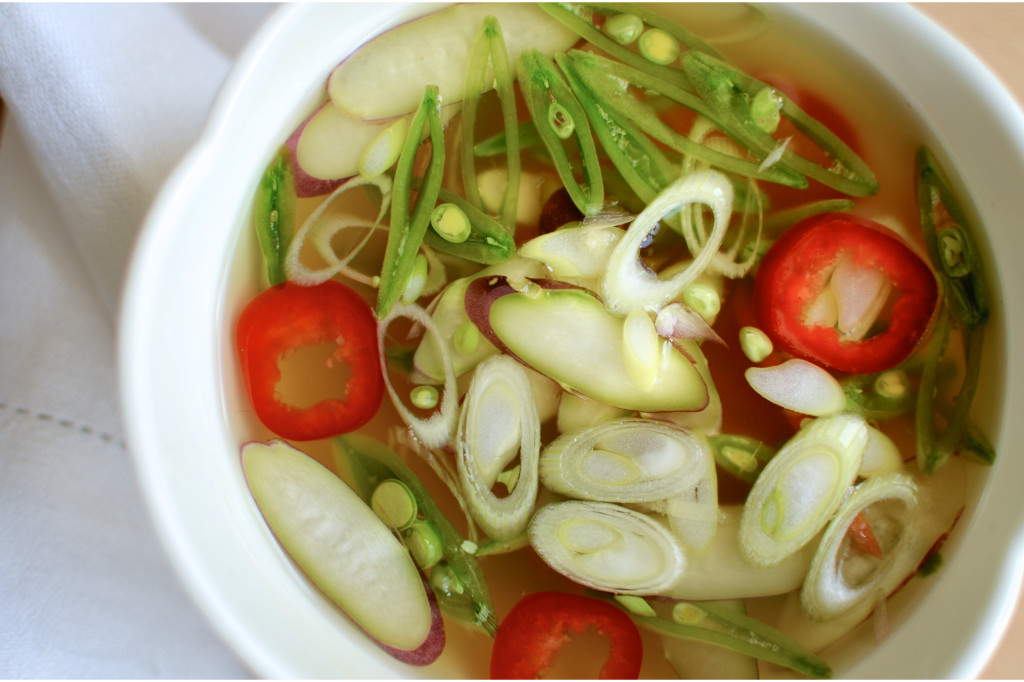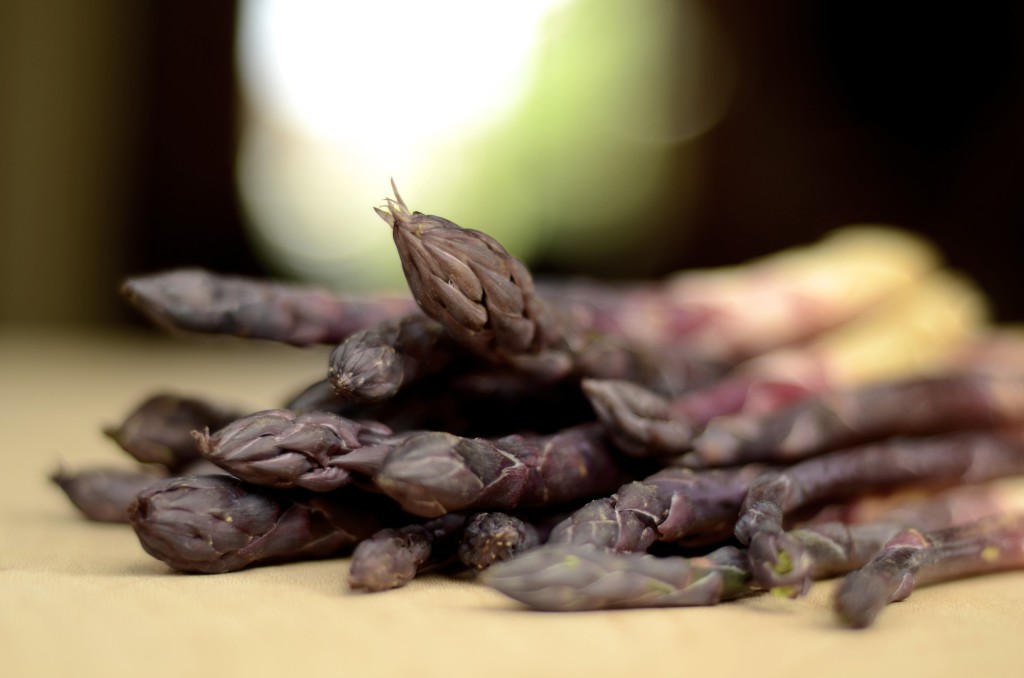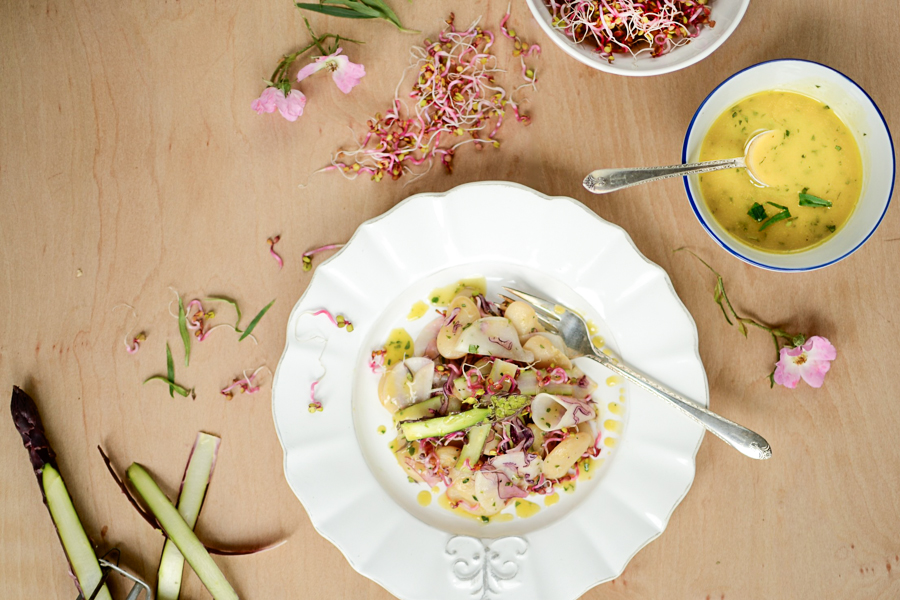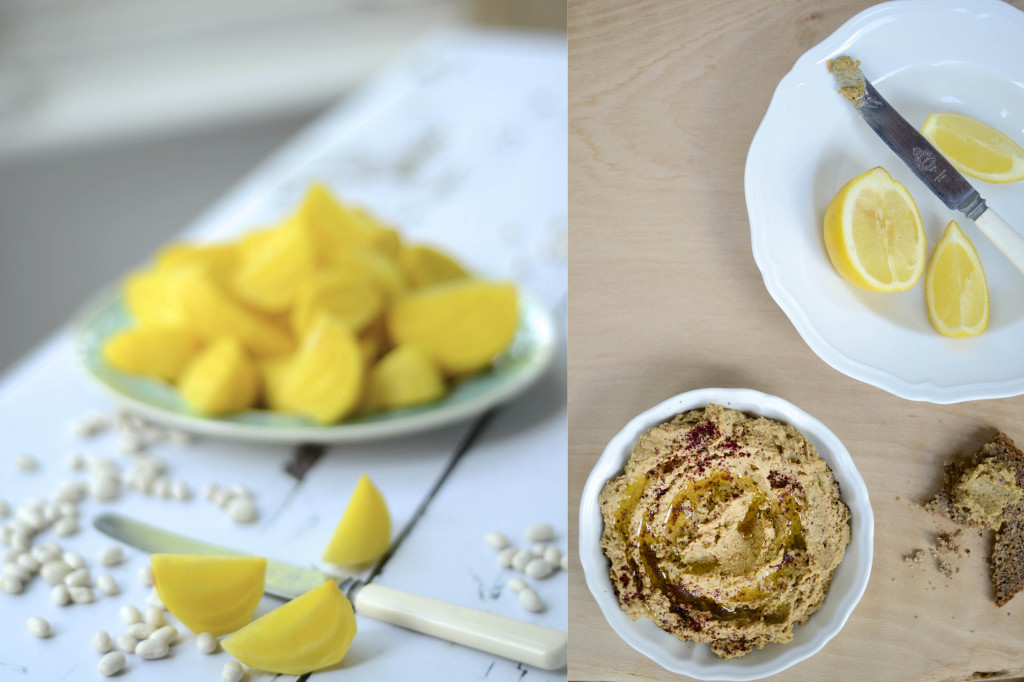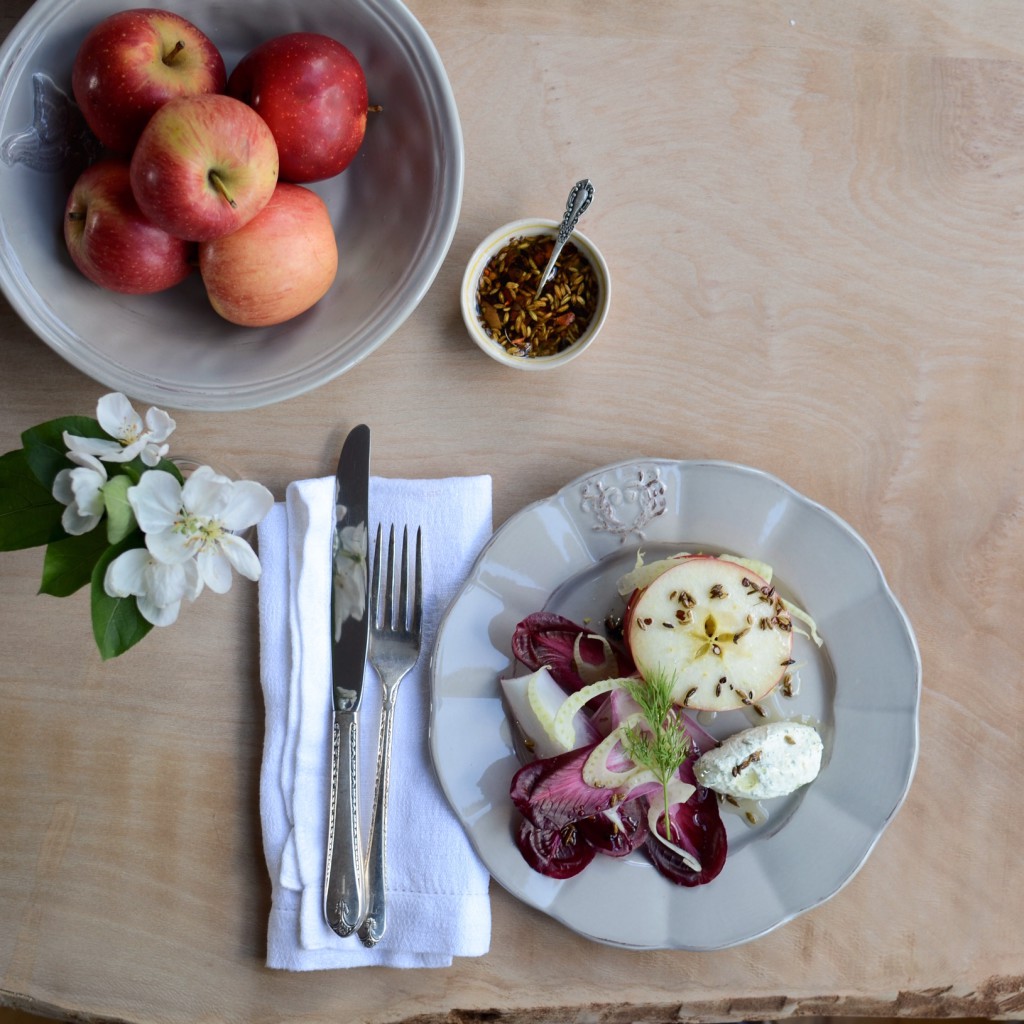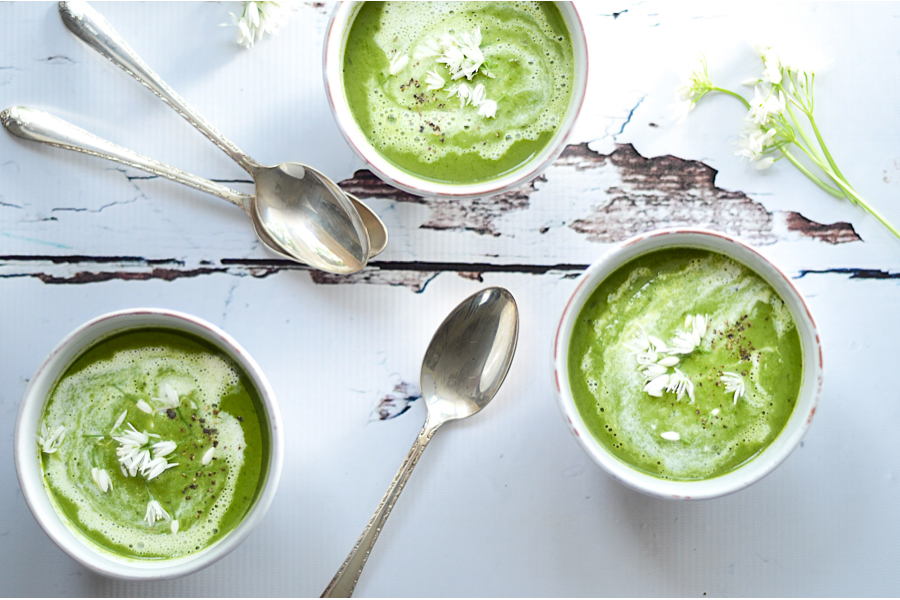The New Year Reboot Roll
Take a look at my guest post on the Natural Gourmet Institute’s blog for instructions on how to make these guys… Oh – and happy 2015 everyone!
Three cabbage slaw and a Christmas wish
I do have a Christmas wish that does not involve world peace, well-behaved children or the Myla Arietta playsuit. It is to sit down at a beautiful, heavily laden Christmas table that I did not have to lift a finger to prepare. Ahhhh. Usually this is THE time of year for me. I love cooking festive dishes and I absolutely love planning for it. But I have had a pretty busy 12 months and Chopper, my trusty chef’s knife, needs a break. But before that happens, here is a sassy little recipe for you. It might even make it on to your Christmas menu…
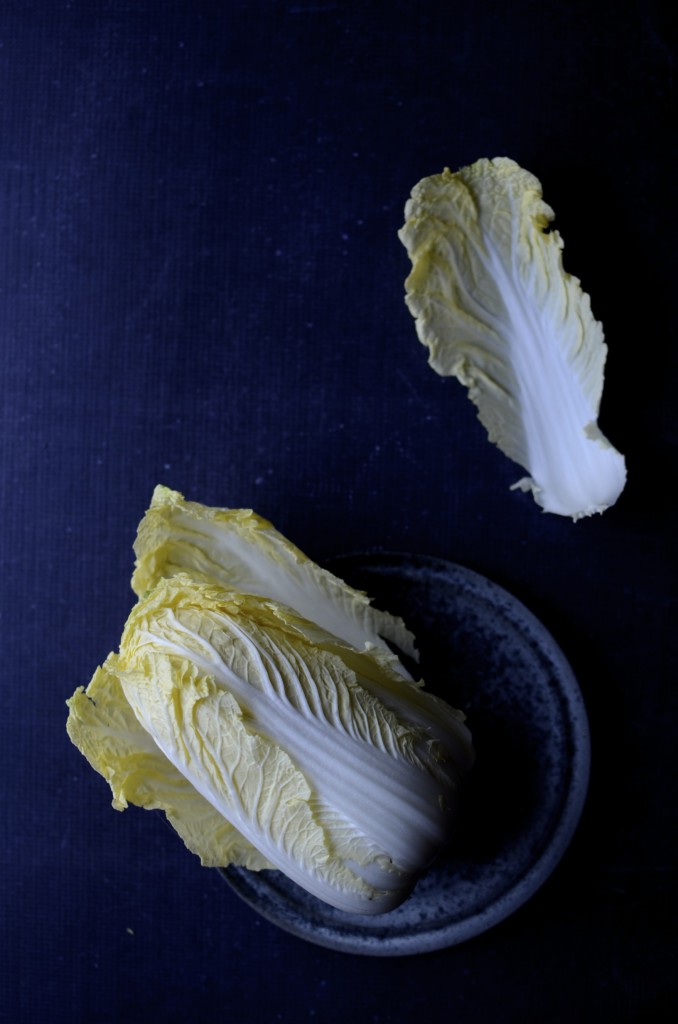 Health-supportive cabbages can be harvested throughout the year and there are many different varieties. They are delicious raw, stir-fried, braised, steamed, grilled and wrapped around different morsels. Short cooked or raw cabbage, especially Savoy cabbage, is a very good source of sinigrin, a glucosinolates (a natural component of many pungent plants such as mustard, cabbage and horseradish) that can be converted into allyl-isothiocyanate (or AITC), a colourless oil that is responsible for the pungent taste of plants such as radishes and which has shown unique cancer preventive properties with respect to bladder cancer, colon cancer, and prostate cancer. Don’t let that be the only reason to have this salad, though. It is quick and easy to prepare and adds a hit of freshness to any meal.
Health-supportive cabbages can be harvested throughout the year and there are many different varieties. They are delicious raw, stir-fried, braised, steamed, grilled and wrapped around different morsels. Short cooked or raw cabbage, especially Savoy cabbage, is a very good source of sinigrin, a glucosinolates (a natural component of many pungent plants such as mustard, cabbage and horseradish) that can be converted into allyl-isothiocyanate (or AITC), a colourless oil that is responsible for the pungent taste of plants such as radishes and which has shown unique cancer preventive properties with respect to bladder cancer, colon cancer, and prostate cancer. Don’t let that be the only reason to have this salad, though. It is quick and easy to prepare and adds a hit of freshness to any meal.
Three cabbage slaw
Serves 2
Ingredients for the dressing
1 tablespoon mayonnaise, preferably home-made
1 tablespoon grapefruit juice (reserved after segmenting the grapefruit)
1 teaspoon Dijon mustard
sea salt
1 tablespoon minced chives
1 tablespoon extra virgin olive oil
maple syrup to taste
Ingredients for the slaw
1 handful finely shredded red cabbage
1 handful finely shredded Savoy cabbage
1 handful finely shredded Chinese or Napa cabbage
1 grapefruit, segmented with a sharp knife
1 chilli, finely chopped (remove seeds and membranes if you prefer it milder)
Method
- Scoop the mayonnaise into a small bowl and add the rest of the ingredients while stirring.
- Adjust seasoning.
- Toss all the salad ingredients together and dress just before serving.
If you have started thinking about your Christmas menu, allow me to suggest a few things:
- make to do lists and even consider marking important “deadlines” in your calendar – it sounds a little OCD, but it avoids last-minute dashes to the store and ensures your best chances of serving truly festive fowl
- choose as many dishes as possible that can be partly or wholly prepared ahead and remember that not EVERYthing has to be home-made
- on the night, set up a bar for guests to mix their own cocktails and be sure to serve yourself too
- have a plan ready for the leftovers and hand it over to the rest of the family on Boxing Day while you put up your feet for a well-deserved break
Four persimmons and a pumpkin pie
The autumn colours, sights and sounds stir a certain longing in most cooks to bake. For many North Americans this means pumpkin pie – a dish almost synonymous with the autumnal Thanksgiving celebrations. In South Africa, we grew up eating pumpkin fritters doused with cinnamon sugar alongside our Sunday roast, so a sweet dish with pumpkin as its star is no stranger to me. In my pie recipe, however, the pumpkin (or butternut squash) shares centre stage with some gorgeous persimmons.
Persimmons vary in colour from golden yellow to burnt orange and red, and can be round or oval. Persimmon trees carry either astringent fruit (whilst unripe) or non-astringent fruits. The astringent cultivars (such as Eureka, Hachiya, Saijo, Tamopan, Tanenashi, Triumph, etc.), are high in tannins and must be allowed to ripen fully until the flesh attains a consistency akin to jelly. The non-astringent kinds (Fuyu, Gosho/Giant Fuyu/O’Gosho, Imoto, Izu, Jiro, Maekawajiro, Okugosho, Suruga, etc.) contain less tannins and can be eaten when still crispy.
Persimmon fruit, originally from East Asia, has a sweet, succulent flesh that holds several health promoting benefits. Persimmons contain flavonoid poly-phenolic anti-oxidants such as catechins and gallocatechins in addition to an important anti-tumour compound, betulinic acid. Catechins are known to have anti-infective, anti-inflammatory and anti-hemorrhagic properties. Fresh persimmons also contain other anti-oxidant compounds like vitamin A, vitamin B, vitamin C, beta-carotene, lycopene, lutein, zea-xanthin and cryptoxanthin. Together, these compounds functions as protective scavengers against oxygen-derived free radicals and reactive oxygen species that play a role in ageing and various disease processes. Fresh persimmons also contain minerals like potassium, manganese, copper, and phosphorus.
Pumpkin and persimmon pie
Makes one 28cm pie
Ingredients for crust
115g (about 1 cup) wholemeal spelt flour
60g (about ½ cup) stoneground rye flour
25g (2 tablespoons) date sugar or unrefined brown sugar
large pinch of sea salt
110g cold butter, cut into pea-sized pieces
15 – 30ml (1 – 2 tablespoons) ice cold water
Ingredients for filling
850g peeled and cubed butternut squash (about 1 medium butternut), roasted (should yield 360g or 1 ½ cups mashed roasted flesh)
flesh of 4 ripe persimmons (cut in half horizontally and scoop out with a spoon)
100g (about ½ cup) date sugar or unrefined brown sugar
60g (1/3 cup) unrefined brown sugar
2 teaspoons ground cinnamon
1 heaping teaspoon ground ginger
generous grating of nutmeg (about 1/2 a nut)
¼ teaspoon allspice
pinch of salt
125ml (½ cup) milk of your choice
125ml (½ cup) organic double (heavy) cream
3 large eggs
Method
- Grease a 28cm (or 11 inch) loose-bottomed tart form.
- For the pastry: put the flours, date sugar, salt and cold butter in the bowl of a food processor and blitz until it looks like coarse sand. This step can also be done by hand by rubbing the butter into the flour with your finger tips.
- With the motor running, add 1 to 2 tablespoons ice cold water or until the dough starts coming together. Or if you are doing it by hand, just keep sprinkling cold water on the dough until it starts to come together.
- Tip the pastry out into a bowl and knead very briefly until you have a smooth (not crumbly or sticky) ball of dough.
- Roll out thinly between two pieces of greaseproof paper, then fold it over your rolling pin and lay it across your greased tart form. Press the pastry into the edges and up along the sides, trimming where necessary. Refrigerate for at least half an hour.
- Preheat oven to 180°C / 360°F.
- When the pastry is completely firm, remove from fridge and place on a baking sheet. Partially blind bake in the hot oven for 10 minutes.
- To make the filling: in a food processor, puree the roasted squash, persimmon flesh, date and brown sugars, and spices until very smooth. Scrape the filling into a little pot and, stirring continuously, cook over medium heat until the mixture starts to bubble (about 5 – 7 minutes). Set aside.
- Whisk together the milk, cream and eggs, then whisk the pumpkin mixture into the egg mixture.
- Carefully pour the filling into the pastry shell and bake for 30 minutes or until filling is lightly cracked around edges and still a tiny bit wobbly in the centre. Allow to cool completely before slicing.
- Serve with Greek yoghurt, soured cream or crème fraîche.
Exploring Fuglebjerggård (and a warm potato salad with garden-fresh greens)
One of the highlights of our summer in Denmark was a visit to Fuglebjerggård, roughly 50km north of Copenhagen. Here we wandered through the gardens and soaked up the sunshine and tranquility, while the children squealed with delight each time they succeeded in scooping a tiny velvety kitten into their arms. Camilla Plum, a renowned Danish cookbook author and TV personality, has been managing Fuglebjerggård as an organic farm since 1996 and the variety of crops grown on the land is astounding.
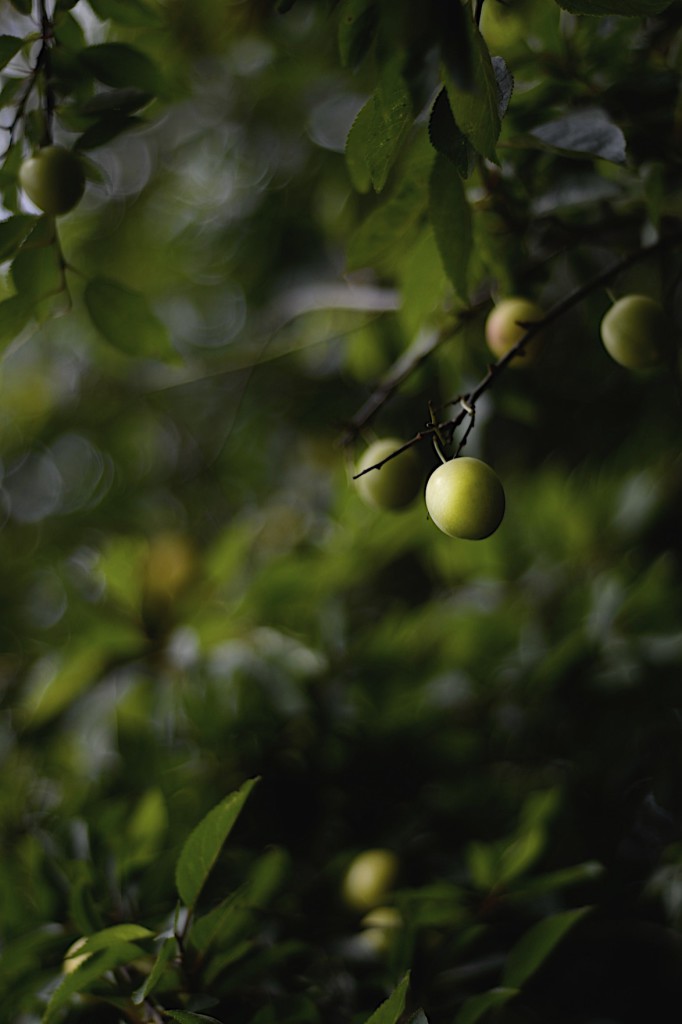
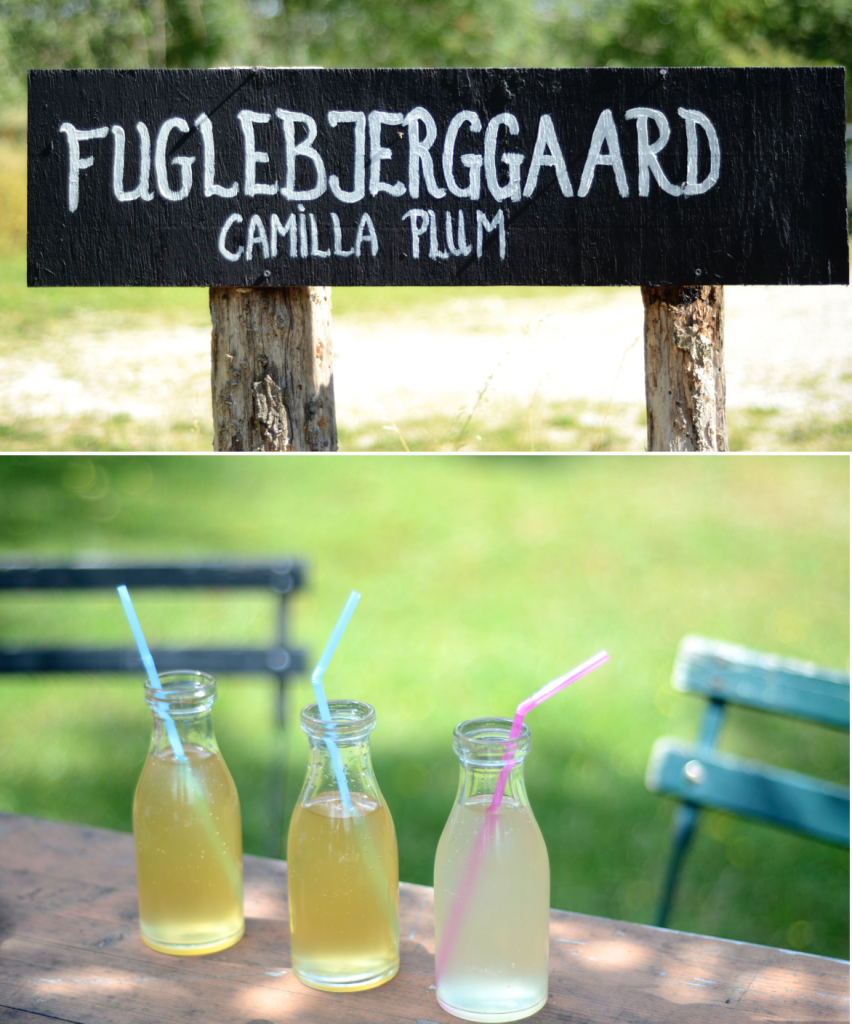
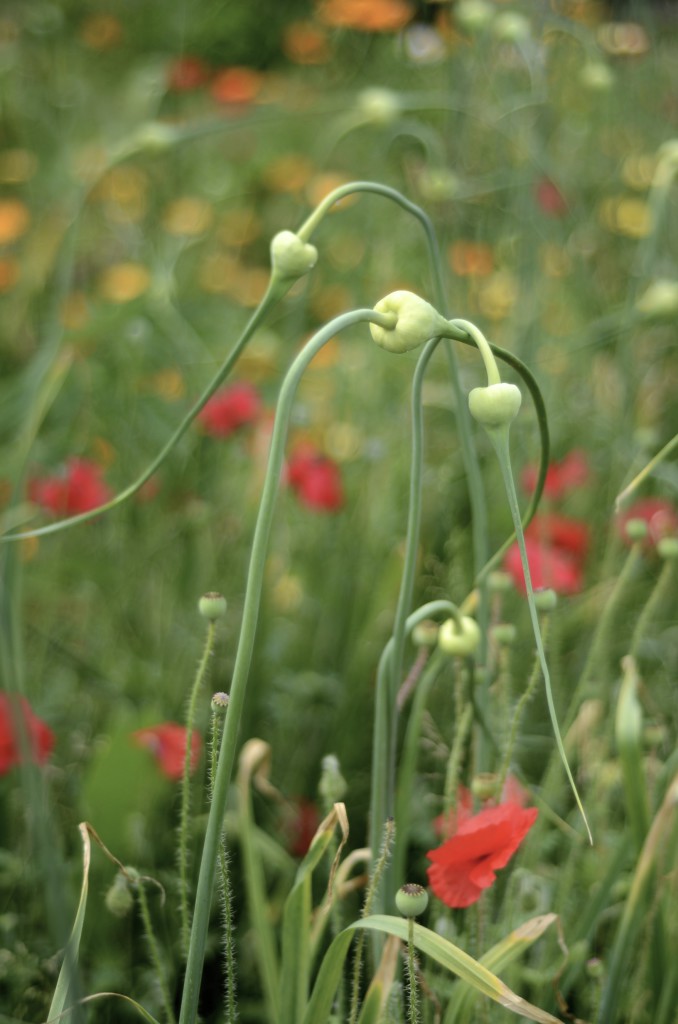
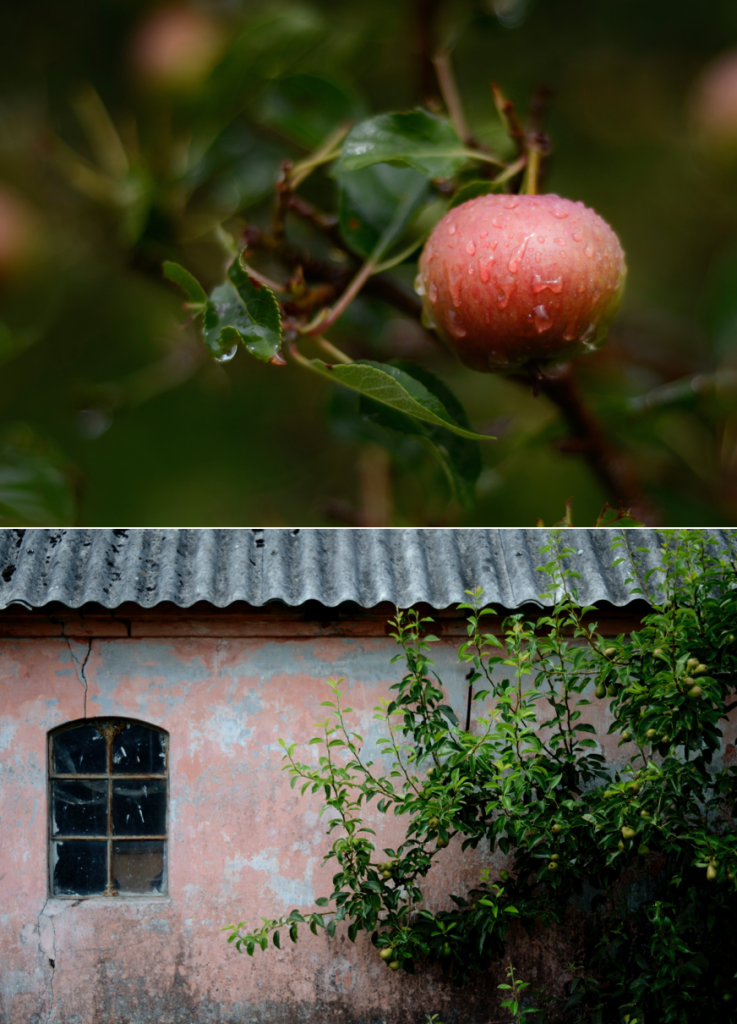 Lunch consisted of new potatoes, freshly picked lettuce, unctuous home-made mayonnaise, pickles and what can only be described as the perfect dressing – a meal that was absolutely delicious in its simplicity. We allowed ourselves a raspberry slice afterwards, each one of us secretly wishing that time could stand still just for a little while.
Lunch consisted of new potatoes, freshly picked lettuce, unctuous home-made mayonnaise, pickles and what can only be described as the perfect dressing – a meal that was absolutely delicious in its simplicity. We allowed ourselves a raspberry slice afterwards, each one of us secretly wishing that time could stand still just for a little while.
Warm potato salad
Ingredients
New potatoes, scrubbed and boiled in their skins and sliced
Fresh green loose leaf lettuce, washed, dried and roughly torn
Kalamata olives
Pickled cucumbers, sliced on the diagonal
For the dressing
125ml / 1/2 cup Extra Virgin Olive oil
45ml / 3 tablespoons lemon juice
1 teaspoon Dijon mustard
3 purple spring onions, washed and finely sliced
1 small bunch dill, washed and chopped
2 tablespoons non-pareille capers, rinsed
Sea salt to taste
Method
1. Arrange the salad ingredients on a plate.
2. Combine the ingredients for the dressing in a glass jar, screw on the lid and shake vigorously.
3. Serve on the potatoes and greens, with a dollop of mayonnaise on the side.
Bone broth with spring vegetables
When my little one awoke with a temperature the other day, the chicken in my fridge was only ever destined for one thing: ultra-nourishing bone broth. Making broths (or stock) is one of those kitchen tasks that gives the impression of being very time-consuming and ultimately not worth the effort. This could not be further from the truth, however. Stock made with the bones of healthy, pasture-raised animals is not only useful (add it to stews, soups, sauces and grains) and more delicious than stock cubes, but also much more health-supportive.
“Real stock” (for lack of a better expression) contains minerals (calcium, magnesium, phosphorus, silicon, sulfur and trace minerals) in a form the body can absorb easily. It also contains the broken down material from cartilage and tendons, like chondroitin sulphates and glucosamine, that are beneficial in treating joint pain. The gelatin found in bone broth is a hydrophilic colloid that attracts and holds liquids, including digestive juices, thereby supporting proper digestion. It also keeps hair and nails healthy. Many reasons to start adding this pantry basic to your repertoire.
Ingredients for homemade chicken broth
1 whole organic, free-range chicken carcass, with some meat left on the bone and cut into smaller pieces
2 tablespoons apple cider vinegar
1 large onion, peeled and coarsely chopped
2 carrots, peeled and coarsely chopped
3 celery stalks, washed and coarsely chopped
1 leek, washed and sliced into chunks
1 bunch parsley, stalks only (reserve leaves to add for the final 10 minutes)
2 bay leaves
5 fresh thyme stalks
5 black pepper corns
Method
- Place all the ingredients in a large pot and cover with fresh filtered water.
- Bring to a boil, and remove any scum that rises to the top, then reduce the heat to a simmer.
- The stock needs to simmer for at least 4 hours, but preferably 8 hours or more.
- Once your stock is ready, strain it as soon as possible and use immediately, refrigerate or freeze.
- For a quick and tasty meal, season with salt and pepper, and add thin slivers of raw purple and green asparagus, spring onions (or salad onions), sugar snap peas, red pepper and carrot. I usually also add finely grated fresh ginger and fresh chili.
Note: The vinegar helps leech the valuable minerals from the bones into the stock water.
Purple asparagus and butter beans
Both asparagus and tarragon herald the start of spring. Well, in my opinion anyway. But that is not the only thing I like about this (mostly raw) salad. It really gets your digestion going. The spiciness and zest, the crunch and bitterness. Purple asparagus also has diuretic and laxative properties that help flush out toxins from the body and alleviate bloating and cramps.
Most people know that it is a good idea to enjoy raw foods regularly, as they are rich in live enzymes that help your body digest food and assimilate nutrients. But here is one shortcut worth knowing about: sprouts can have up to 100 times more live enzymes than raw fruit and vegetables. Now that’s something to sprout about!
Ingredients for the dressing
1/2 cup / 125ml extra virgin olive oil
1/4 cup / 60ml lemon juice
2 teaspoons raw honey
2 teaspoons cashew nut butter
1 tablespoon finely chopped tarragon
salt to taste
Ingredients per portion of salad
1/3 cup cooked butter beans
1/3 cup shredded red cabbage
10 thin slices daikon radish
1 raw purple asparagus spear, cut into thirds and shaven with a vegetable peeler
1/2 tablespoon China Rose radish sprouts
Method
1. Put all the ingredients for the dressing into a jar, close the lid and shake vigorously. Taste and adjust seasoning if necessary.
2. Combine the rest of the ingredients in a bowl and toss with some dressing.
Note: The radish sprouts are quite spicy, so don’t add too many and perhaps go light on pepper, if you add it. I also prefer an olive oil that is not too peppery or bitter, as there is a lot going on. Also, cooking the beans with some onion, garlic and kelp ensure they taste great.
Golden beet & haricot bean dip
One of the tricks I often rely on to encourage the whole family to eat more vegetables is to offer crudités before the main meal – when everyone is starting to feel really hungry. Another is to incorporate vegetables into as many dishes as often as possible. Here is a recipe that will give you the opportunity to be most cunning and do both!
Ingredients
1/2 cup haricot / cannellini beans, soaked for at least 24 hours in filtered water
2 cloves garlic
1 small onion, peeled and halved
1 bay leaf
Small (2cm or 1”) strip kombu / kelp
500g golden beets, washed and peeled
1 tablespoon coconut oil
5 to 6 sprigs fresh thyme, leaves picked
Sea salt and freshly ground black pepper
2 tablespoons tahini
2 tablespoons extra virgin olive oil
Juice of 1 – 2 lemons, depending on taste
1 teaspoon sumac
Method
- Bring the beans, 1 garlic clove, onion, bay leaf and kombu to boil in a pot with enough salted water to generously cover the beans. Simmer until beans are tender, skimming off any froth that forms on the surface.
- While the beans are cooking, toss the beets in the liquid coconut oil, add the thyme leaves and season with salt and pepper. Roast in a moderately hot oven (160°C / 320°F) for about 40 to 50 minutes, or until the beets are tender.
- When the beans and beets are both tender, add them to the bowl of a food processor, together with the tahini, olive oil, lemon juice, the other clove of garlic and salt and pepper. Use the bean cooking liquid if you need to thin the dip a little.
- Sprinkle over some sumac just before serving.
Fresh cheese with fennel and chilli oil
It couldn’t be any easier than this – get your hands on some pastured full-fat yoghurt and surprise even yourself with the delicious, elegant result after straining it overnight. Here I added it to a simple salad of dressed purple endive and shaved fennel, with apple slices and some cheeky home-made chilli oil.
Ingredients for the cheese
450g thick (Greek) organic yoghurt
1 small bunch fresh dill, minced
Zest of 1 lemon
Sea salt
Ingredients for the oil
1/4 cup / 60ml apple cider vinegar
1 teaspoon dried red chilli flakes
1/4 cup / 60ml extra virgin olive oil
2 teaspoons fennel seeds
Method
- Spoon the yoghurt into a few layers of muslin cloth, tie with a string and strain in the fridge overnight. You can lay a wooden spoon over the bowl and then tie the string to it. I have a long glass jar with a tight lid, under which I secure the cloth.
- Next, heat the apple cider vinegar until hot. Add the chilli flakes and simmer for 10 minutes.
- While the chillies are simmering, dry roast the fennel seeds in a heavy-bottomed saucepan over a medium heat. Be mindful not to burn them.
- Remove the chillies from the heat, drain and spread out on kitchen towel or roll.
- Add the chillies and fennel seeds to a small pot with the olive oil and gently heat.
- Allow to infuse for at least 10 minutes, just below a simmer.
- Turn off the heat and let the oil cool.
- Pour the cooled oil into a sterilised bottle and use within a week.
- Once the cheese is ready, stir in the minced dill, lemon zest and salt.
- Serve this cheese with smoked trout, as a spread on sandwiches or with a spring minestrone.
Wild Garlic and Lettuce Soup
Spring is a time for new beginnings and fresh starts. A season that teases translucent slivers of green from all but the darkest corners. So it is with great joy that I too am breathing life into a new chapter: welcome to the FoodFights journal! And what better way to kick off, than with spring’s darling, wild garlic. Sought after for its leaves, rather than its bulb, wild garlic is delicious in salads and pestos, sautéed or mixed into stuffing. Also known as ramsons, broad-leaved or wood garlic, and bear’s garlic, this wild relative of chives is mostly found in woodlands near bluebells. The tiny white flowers are also edible and oh-so-pretty!
Ingredients
1 large leek, sliced in half length-wise and washed
2 heads romaine lettuce, washed and roughly chopped
150 – 180g wild garlic, roughly chopped and little white flowers reserved
2 medium sweet potatoes, scrubbed clean, cubed and cooked in a little water until tender 2 cups / 500ml fresh chicken stock
small bunch of fresh basil
1/2 cup / 125ml goat’s yoghurt or kefir (optional)
Sea salt and freshly ground black pepper Goat’s milk feta cheese
Method
- Slice leeks into half moons and sauté over gentle heat in a splash of good quality extra virgin olive oil.
- Add the lettuce and wild garlic, and sauté another few minutes until wilted.
- Add sweet potato and stock and bring to gentle simmer for a few minutes.
- Blend in a blender until smooth. Add basil and pulse a few times. Try to
- Stir in the yoghurt or kefir, if using, and garnish with crumbled feta and wild garlic flowers.
Note: It is important not to heat any cooking oil past its “smoke point,” the temperature at which it starts to burn, as this will influence flavour and decrease nutrient content. However, anything more than a gentle heat will damage extra virgin olive oil’s precious phytochemicals and plentiful nutrients that have been preserved by the cold extraction process.

